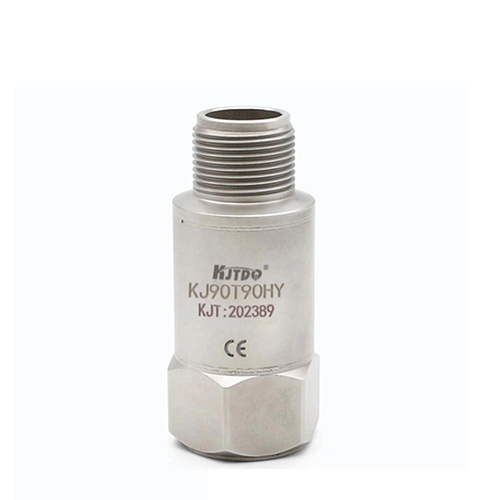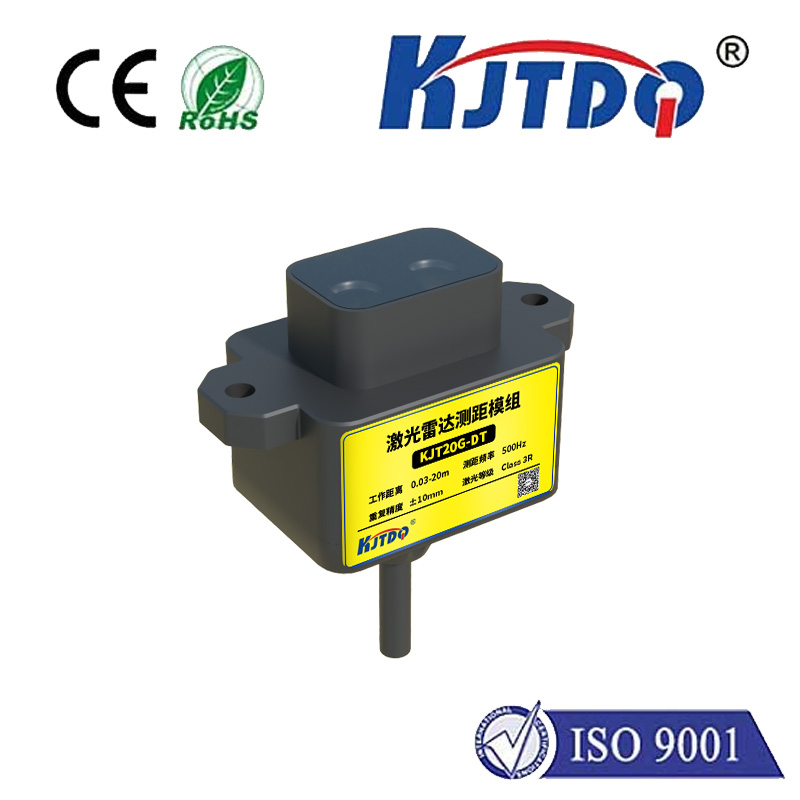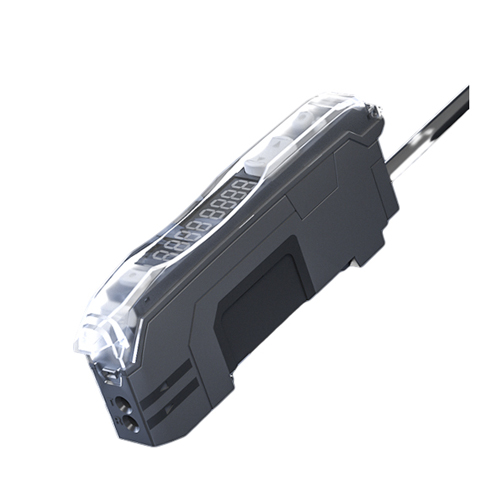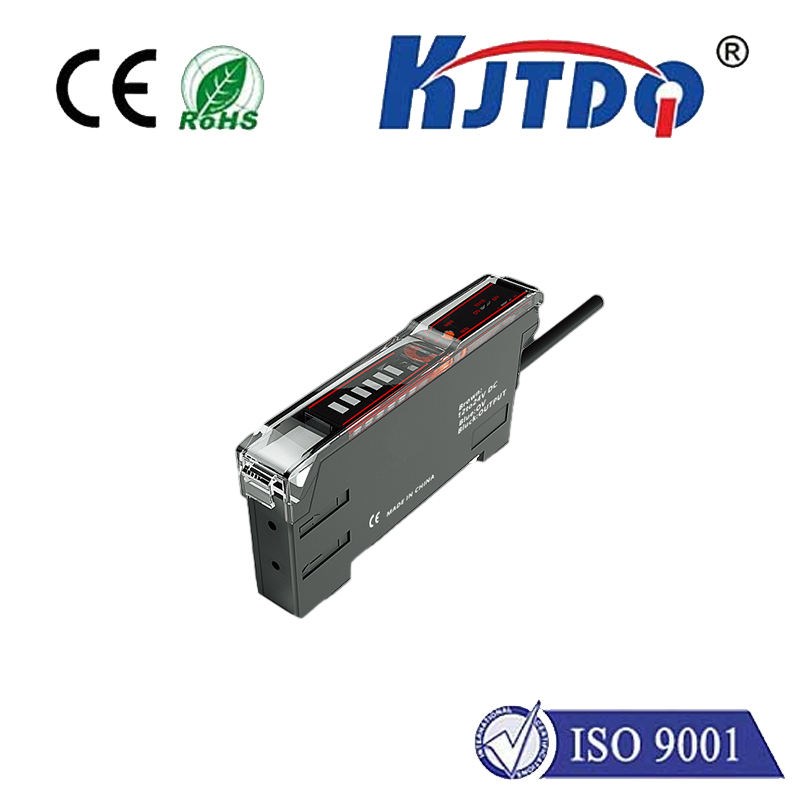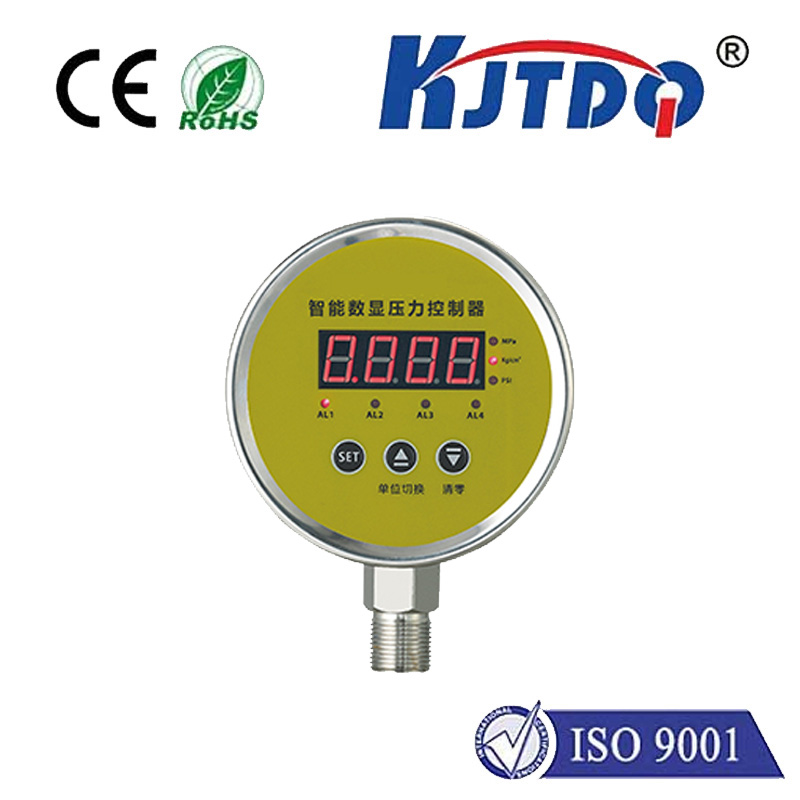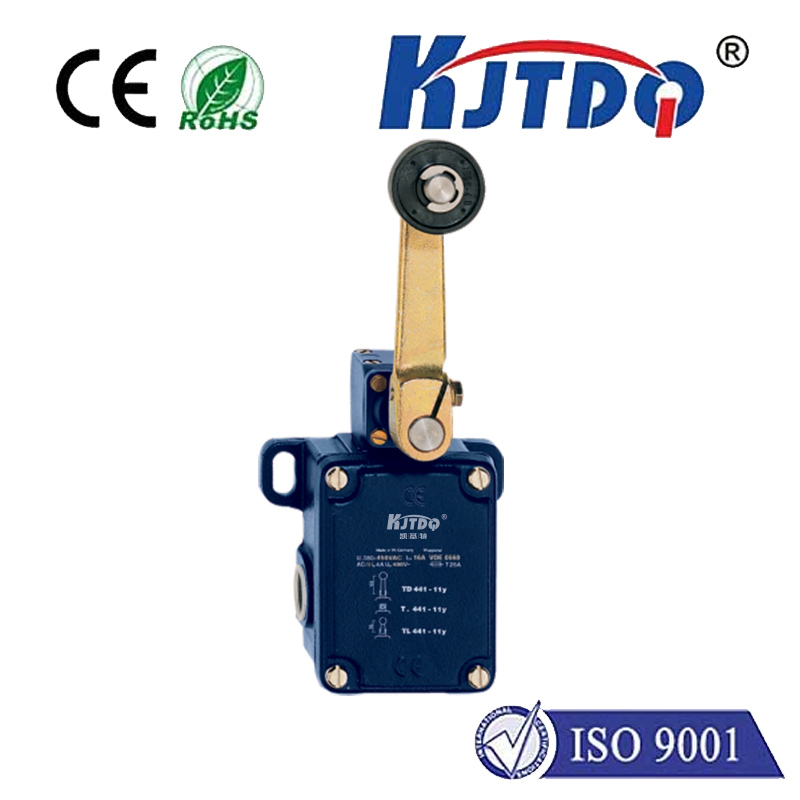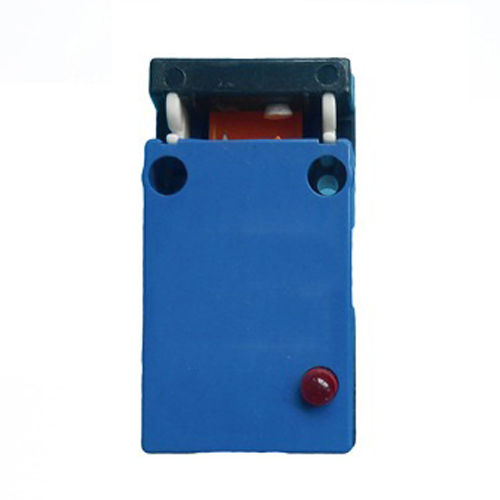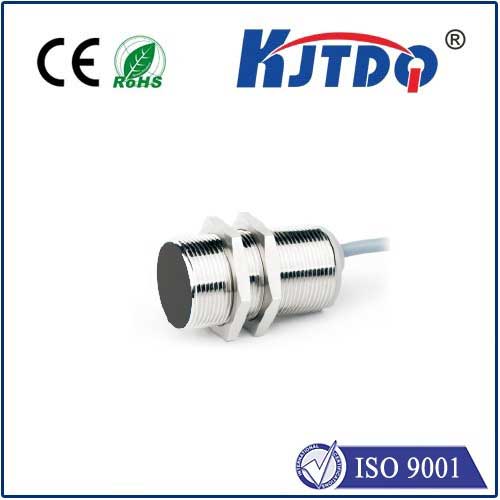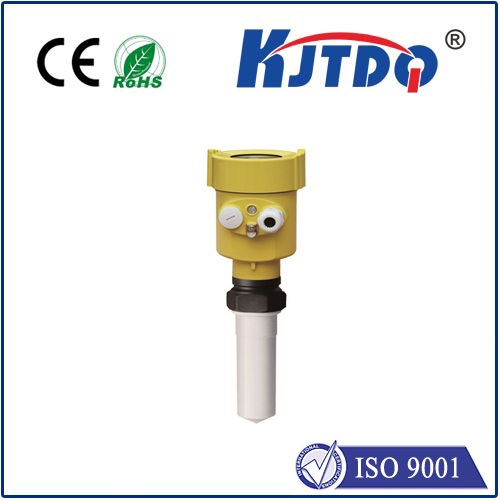laser range sensor
- time:2025-09-13 03:52:46
- Click:0
Laser Range Sensors: The Precision Measuring Powerhouse Driving Modern Automation
Imagine a robotic arm assembling a smartphone with micron-level accuracy, or an autonomous vehicle instantly mapping its surroundings to navigate safely. At the heart of these feats often lies a remarkable device: the laser range sensor. These sophisticated instruments have become fundamental components across countless industries, enabling precise, non-contact distance measurement through the power of focused light.
Simply put, a laser range sensor measures the distance between itself and a target object. It achieves this by emitting a highly focused beam of laser light towards the target and analyzing the light that returns. The underlying principle relies on the constant speed of light, allowing the sensor to calculate distance based on the time it takes for the light pulse to travel to the target and back – a principle known as Time-of-Flight (ToF). Alternative methods, like phase-shift measurement (detecting the phase difference between emitted and returned light waves) or triangulation (using the angle of reflected light to determine distance), are also employed depending on the required range, precision, and application.
Why Laser Range Sensors Are Revolutionary
Their advantages over traditional measurement methods are compelling:

- Non-Contact Measurement: This is paramount for measuring delicate, hot, moving, vibrating, or otherwise inaccessible objects without causing damage or interference. Think quality control on soft packaging or monitoring molten metal levels.
- High Precision and Accuracy: Modern laser sensors offer resolutions down to micrometers and accuracies within fractions of a millimeter, even over significant distances. This level of detail is crucial for tasks like robot guidance or component inspection.
- High Speed: Laser sensors capture thousands of measurements per second. This real-time capability is essential for dynamic processes like assembly line verification, high-speed sorting, or collision avoidance in robotics.
- Versatility: They function effectively on a vast array of surfaces (though highly reflective or transparent targets can pose challenges requiring specific sensor configurations or treatments).
- Compact Size and Robustness: Available in remarkably small form factors, they integrate easily into machinery and automation systems. Many are also designed to withstand harsh industrial environments (dust, vibration, limited temperature ranges).
Diverse Applications Shaping Industries
The impact of laser distance measurement is felt across numerous sectors:
- Industrial Automation & Robotics: Object detection, palletizing, bin picking, precision positioning of robotic arms, conveyor belt monitoring, and height verification are core applications. Sensors ensure robots interact safely and accurately with their environment.
- Logistics & Warehousing: Used extensively in automated guided vehicles (AGVs) and autonomous mobile robots (AMRs) for navigation, obstacle avoidance, and localization. Also vital for volume measurement of packages and containers and warehouse inventory management.
- Surveying & Construction: Modern LiDAR (Light Detection and Ranging) systems, which use laser scanning to create detailed 3D maps, are revolutionizing topographic mapping, building information modeling (BIM), deformation monitoring, and machine control (e.g., automated graders).
- Automotive: Essential for Advanced Driver Assistance Systems (ADAS) like adaptive cruise control and automatic emergency braking (AEB). LiDAR technology is a critical sensor modality for achieving higher levels of autonomous driving, providing detailed 3D environmental perception.
- Aerospace: Precision measurement of aircraft components during manufacturing, structural integrity checks, and drone navigation/surveying rely on these sensors.
- Consumer Electronics: Integrated into devices like robotic vacuum cleaners (robot vacuums) for room mapping and navigation, and increasingly in smartphones for camera autofocus and augmented reality applications.
- Material Handling: Level monitoring in tanks and silos, thickness measurement of rolled materials, and dimension verification of products on production lines.
Selecting the Right Sensor: Key Considerations
Choosing the optimal laser range sensor requires careful evaluation of your specific needs:
- Measuring Range: How far away is the target object typically? Sensors range from millimeters to hundreds of meters.
- Accuracy and Resolution: What level of precision is absolutely necessary for your task? Micron-level differences matter in semiconductor manufacturing, while centimeters might suffice for bulk material level control.
- Target Surface Properties: Highly reflective, matte, dark, or transparent surfaces interact differently with laser light. Some sensors have specific optics or algorithms better suited for challenging targets. High ambient light levels can also interfere with some sensor types.
- Response Time / Measuring Frequency: How quickly does the distance change? Dynamic applications like high-speed sorting require very high update rates.
- Environmental Conditions: Consider temperature extremes, dust, moisture, vibration, and potential exposure to chemicals. Industrial sensors often boast high ingress protection (IP) ratings.
- Output Interface: Does your system require analog outputs (0-10V, 4-20mA), digital interfaces (RS232, RS485, USB), Ethernet, or industrial protocols (EtherCAT, PROFINET, IO-Link)?
- Size and Mounting Constraints: Space is often limited. Compact sensors like confocal sensors or small triangulation sensors are designed for tight integration.
Beyond Distance: Versatile Data Outputs
While determining distance is their primary function, many advanced laser sensors offer derivative data outputs that significantly enhance their utility:
- Position: Tracking the X-Y location of an object.
- Height / Thickness: Measuring the dimension perpendicular to the laser beam.
- Width: Gauging object size along the beam axis (often via scanning).
- Profile: Capturing the cross-sectional shape of an object using laser profile scanners.
- Presence / Absence: Reliable binary detection for object counting or positioning verification.
The Future is Bright (and Laser-Focused)
The evolution of laser range sensor technology is continuous. We see trends towards:
- Increased Miniaturization: Even smaller sensors for integration into consumer devices and micro-automation.
- Enhanced Performance: Higher measurement speeds, greater accuracy over longer ranges, and improved resilience to difficult surfaces and ambient light conditions.
- Smarter Sensors: Integration of processing power directly on the sensor for edge computing, enabling features like internal data analysis, filtering, and basic decision-making.
- Multi-Sensor Fusion: Combining data from LiDAR, cameras, radar, and ultrasonics to create more robust and comprehensive environmental models, especially critical for autonomous systems.
Laser range sensors have transcended being mere measurement tools; they are fundamental enablers of automation, precision, and safety in our increasingly technology-driven world. Their ability to quickly, accurately, and reliably gauge distance without physical contact unlocks capabilities that were once impossible or prohibitively expensive. As technology advances, these sensors will undoubtedly continue to push the boundaries of what’s possible in manufacturing, robotics, transportation, and beyond, solidifying their role as indispensable components of modern innovation.






